Rome : Neuvième de notre classement

The glamour and popularity has made the capital of Italy a city that convinces all those who decide to move there to live and choose it as the place to work or raise their children. For our respondents, it is a safe bet despite not regularly entering the top 10 categories.
However, it does manage to be the number one destination for leisure and culture, as well as having a special relevance in other aspects such as climate. This makes up for the shortcomings of other factors and makes it a highly recommendable place to live.
Rome is one of the oldest and most populated cities in the world, a historic centre that is full of tradition and captures the attention of thousands of people. It is home to almost 3 million people, a large proportion of whom are foreigners who could not resist the idea of living in a place as steeped in history as this one.
In our survey Rome came ninth in the ranking, which is a quality position for the many advantages of living in the Italian capital. There are currently more than half a million foreigners living in Rome, whole families or adventurers who have chosen to telecommute to the city because of its characteristics.
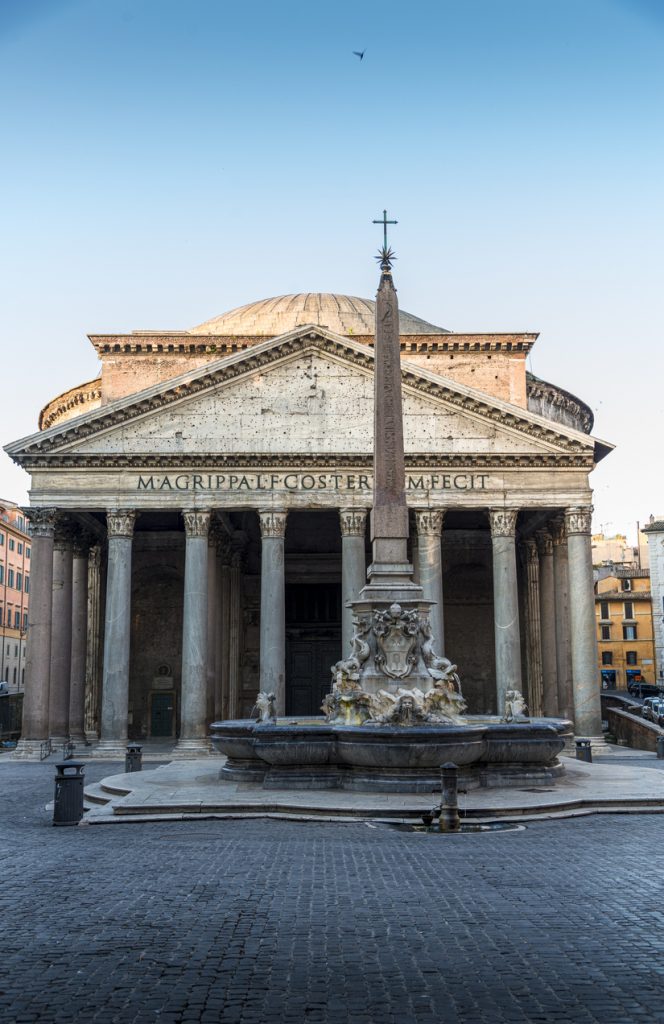
Rome enjoys one of the best climates in Europe. Our survey respondents gave this feature of the Italian city a high priority because of the pleasant temperatures throughout the year, with no uncomfortable extremes. Winter, for example, does not reach temperatures below freezing and even averages around 5°C, which is enviable. While you can’t do without a coat and a good scarf, it’s a period when you can stroll down the street without a problem.
In summer, the heat is perhaps more intense, as it can reach 35°C, although this is not the norm. Residents soon learn from local citizens how to find ways to cope with the heat and choose the best times to go outside.
The stability of the weather and the fact that there is a standard, non-extreme rainy period, means that the climate produces a very positive feeling among those who live in Rome. It beats places like Paris and Milan and is similar to that of Madrid, ranking third.
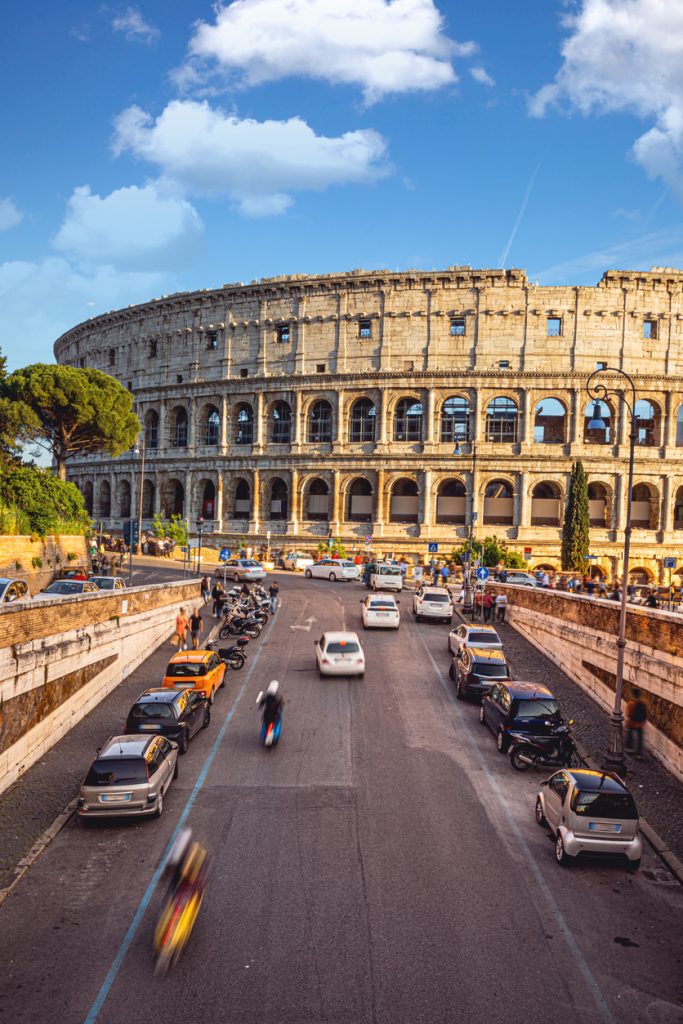
Rome’s public transport system has room for improvement. The city suffers from significant shortcomings in the way it provides a convenient way for citizens to get around. This can be seen in the scarcity of metro lines: only 3. Their limited capacity and size hampers day-to-day life due to the changes in transport to get to certain places compared to the system provided in similar cities.
The same is true of the tramway, which for obvious reasons is not a main method of transport in Rome, but has few lines and does not cover much distance within the city. This results in the entire burden of public transport falling on the more than 300 bus lines.
But in this day and age, it is insufficient for an advanced city like Rome to place all of its transport relevance on a single system such as the bus. That is why Rome has not obtained any position in the top 10 of the survey we have carried out.
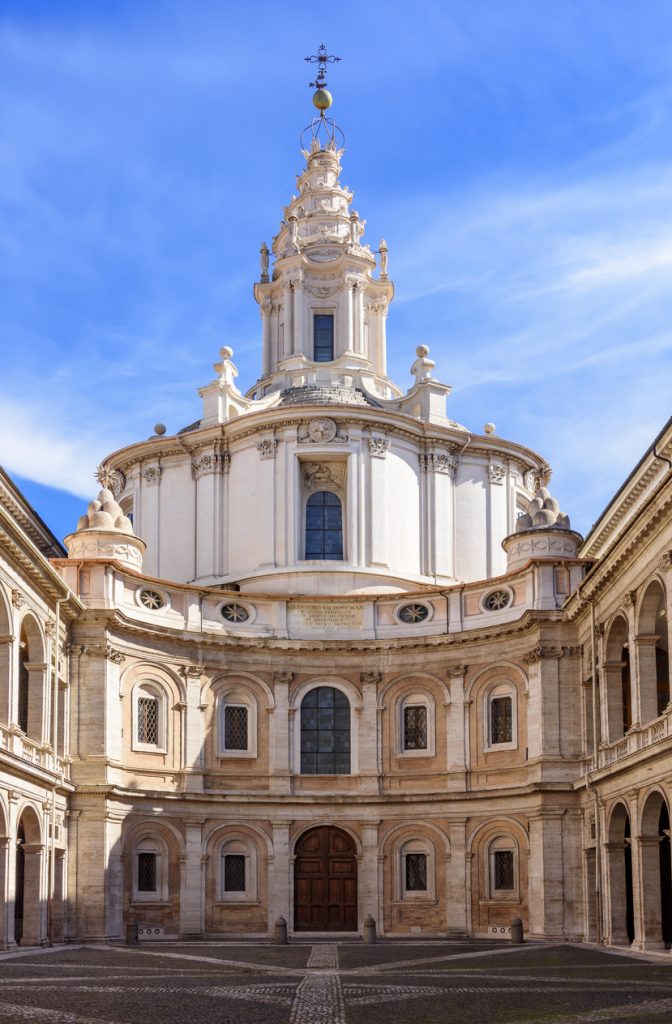
Rome has always been a city of culture and has always been associated with knowledge. And the reality is that it has one of the best and largest universities in the world, but it is not enough to offer a top quality academic experience to residents. It has not made it into a top ranking where our respondents have included places like Zurich, Stockholm or Madrid.
That great university in Rome is La Sapienza, which was founded in 1303 and attracts more than 140,000 students each year. There are two other renowned universities that support it in order to prevent La Sapienza from having more students than it can handle. These are the universities of Roma Tre and Tor Vergata.
But in combination with these famous centres there are many others that are not so important and there are not a large number of international schools, which complicates the education of the children of those who move to live in Rome. Some of these international schools include The American John Cabot University and The American University of Rome.

Rome’s food is known the world over and tends to be one of the most easily exported to all kinds of countries due to the popularity of Italian restaurants. This takes a little bit of the impact out of discovering Rome, but it is also a good thing in that it helps to make getting used to your new life in Rome a little easier.
For all these positives and negatives, Rome’s gastronomy manages to rank with the results of our respondents and is placed eighth on the list. It is above Barcelona and Zurich, but below many other European places with a wide range of national and international gastronomic offerings, such as Copenhagen, Madrid and Lisbon.
Rome’s most classic recipes include dishes such as bresaola, carpaccio, risotto, frutti di mare and gnocchi. The Italian capital is also very rich in sweets, with a large selection of internationally famous desserts, such as tiramisu, panna cotta and baba sponge cake.

There are three airports in the city that divide up the work depending on various aspects, but the main one and the one that handles international flights is Leonardo da Vinci International Airport. Its only drawback is that it is not very close to the city centre, as the distance is about 35 km. This means you have to leave well in advance to avoid missing flights or keeping visitors waiting to see the residents.
However, Rome still ranks tenth in the table because of valuable aspects such as the airport being very well organised and supporting a multitude of airlines that connect the Italian city to destinations around the world. In its peak years, the airport has seen more than 40 million people pass through annually.
Rome has an exclusive agreement with only one sister city: Paris in France. As a way of closing this twinning pact, both cities published a communiqué stating “Only Paris is worthy of Rome; only Rome is worthy of Paris”. Interestingly, Rome finished in ninth place overall in the results of this survey and Paris in tenth place.
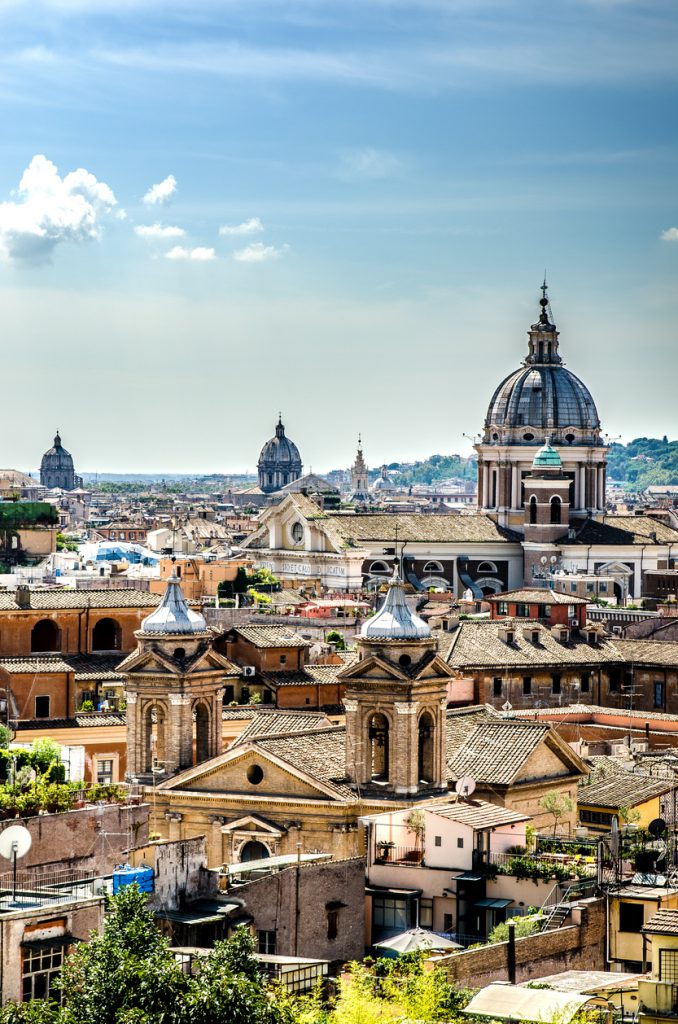
Theft in Rome is more frequent than in other European cities and this has resulted in the Italian capital not being in the top 10 for safety. It is left out of a list led by Munich, Zurich and The Hague, which also includes Geneva, Lisbon and Madrid.
The problem in Rome is that there are many robberies, pickpockets and even children who are organised to try to steal from those who are absent-minded and do not watch their belongings. Be careful in bars, on transport systems and in practice in places. The risk applies to tourists and residents alike, as it is difficult to always be aware of what is going on around you.
Apart from pickpockets and robberies there is nothing to worry about in general, nor are there any areas that are more dangerous at night. However, tourist areas always pose a higher level of risk at all levels.
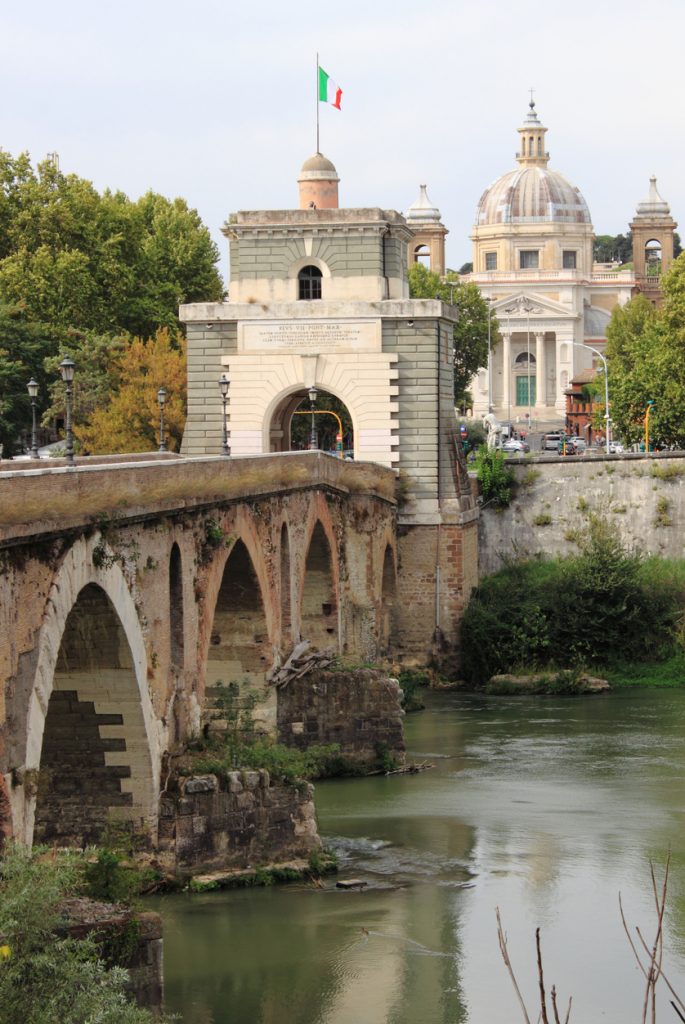
Although it does not stand out in this area in our study, the Italian government’s concern for making Rome a sustainable city is increasingly being demonstrated through initiatives. One of the ways in which they are promoting this profile is by creating eco-sustainable places that do not generate so much waste and that help the environment by installing new green areas.
Organic cuisine is also doing its bit as is the application of new ideas and techniques, including what is considered to be slow tourism, a way of encouraging visitors not to affect the environment. For residents, the same kind of actions are carried out, although Rome still has a long way to go.
One of the areas where it needs to improve is in getting its residents to move away from dependence on private cars, which is the case because of the city’s inefficient transport system. But Rome is working to address this as soon as possible. This can be seen in the way, for example, more and more trees are being planted and more green spaces are being created.
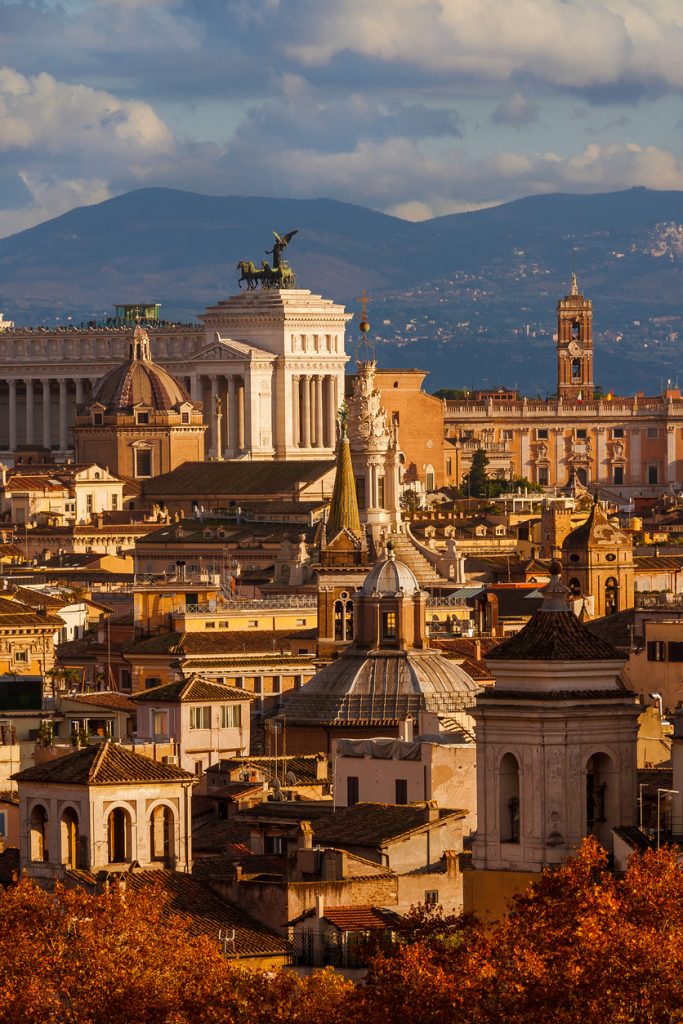
Once again, Rome slips into the rankings. It comes eighth in terms of the cost of living in the city. Respondents felt that the costs of essential elements of life, such as renting a house, are not as expensive as in other European cities.
The cost of the shopping basket and food in general are also relatively affordable. This is important, as Rome has a strong restaurant and dining out culture. With prices in line with citizens’ needs, these places ensure that they always have customers at their tables.
En outre, residents soon get used to going out and eating pizza slices, as well as other types of street food that can save a lot of money. The services are not badly priced either, although some of them have a higher cost that pushes Rome away from the top of the rankings.
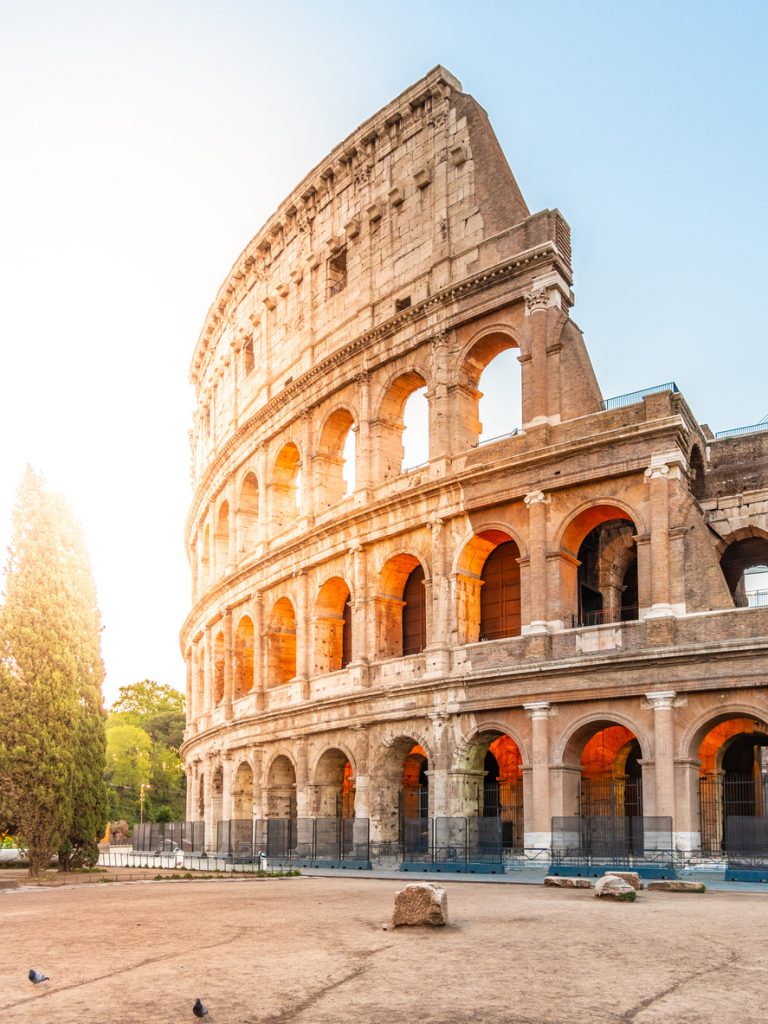
Rome’s cultural background makes it the number one European city for culture. Other features of the Italian capital are less satisfactory, but when it comes to culture there is no margin for error. Rome satisfies residents and the culture-loving or curious with a selection of plans and sights to suit all tastes.
Part of Roman culture is based on the nation’s history, its archaeological remains, and the study and exhibition of all of this to create interest among the citizens. There are also a number of high quality museums, such as the Vatican Museums, the Musei Capitolini and the Galleria Borghese. There are many centres to enjoy with different types of works and exhibitions. Other pillars of Roman culture can be found in places like the Colosseum, in the Roman ruins and in the theatres and conservatories where you can enjoy live music.
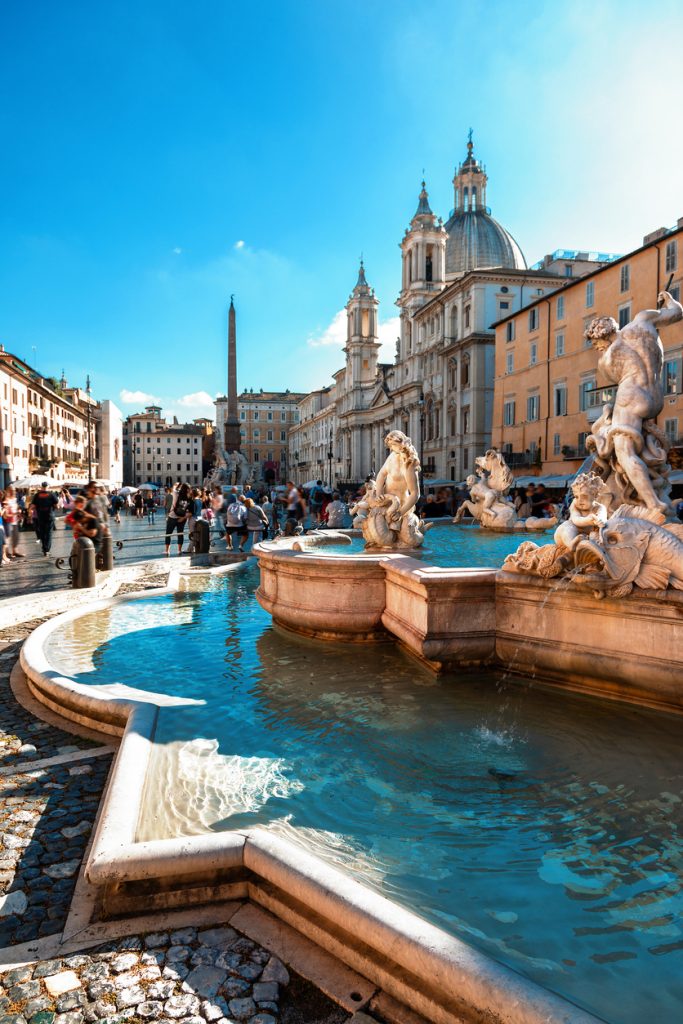
Not only did our respondents rank Rome as the best European city for culture, but they also did the same for leisure. Rome has a wealth of places to have a good time. On Sundays with the family it is possible to go to one of its many amusement or leisure parks, such as Cinecitta World, Luneur Park, Oasi Park or Roma World, or you can simply go shopping in the city, eat in a good restaurant and stroll around enjoying the good weather. Parks and outdoor activities or simply the many sporting activities are other good ways to have a good time.
Roman citizens are very keen to enjoy their leisure and free time and this is something that is quickly passed on to those who start living in the city. There are many festivals and celebrations, and it should not be forgotten that Italy celebrates Easter, as well as other holidays throughout the year.
